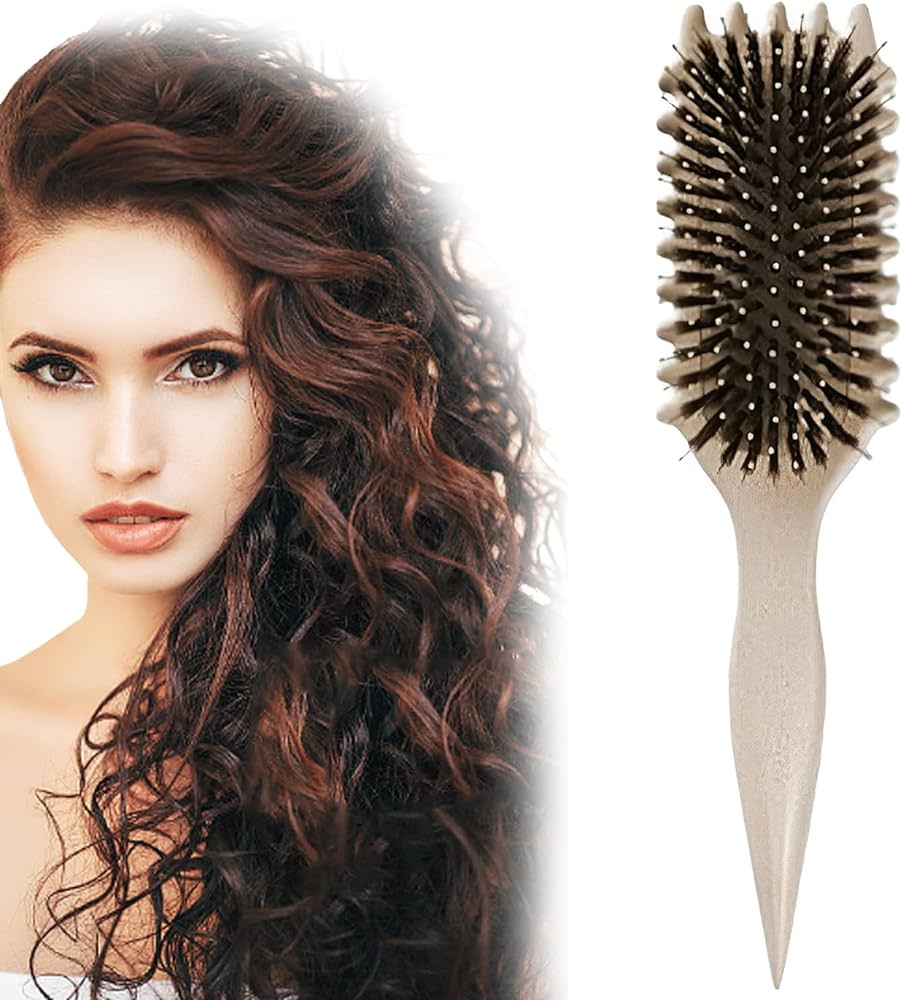Introduction: Embracing and caring for curly hair
Curly hair requires specific care and attention when it comes to brushing. Improper brushing techniques can cause frizz, breakage, and damage to the natural curl pattern. In this comprehensive guide, we will explore how to effectively brush curly hair, providing step-by-step instructions and essential tips to maintain healthy, defined curls. With the right techniques and tools, you can embrace and enhance the beauty of your curly hair.
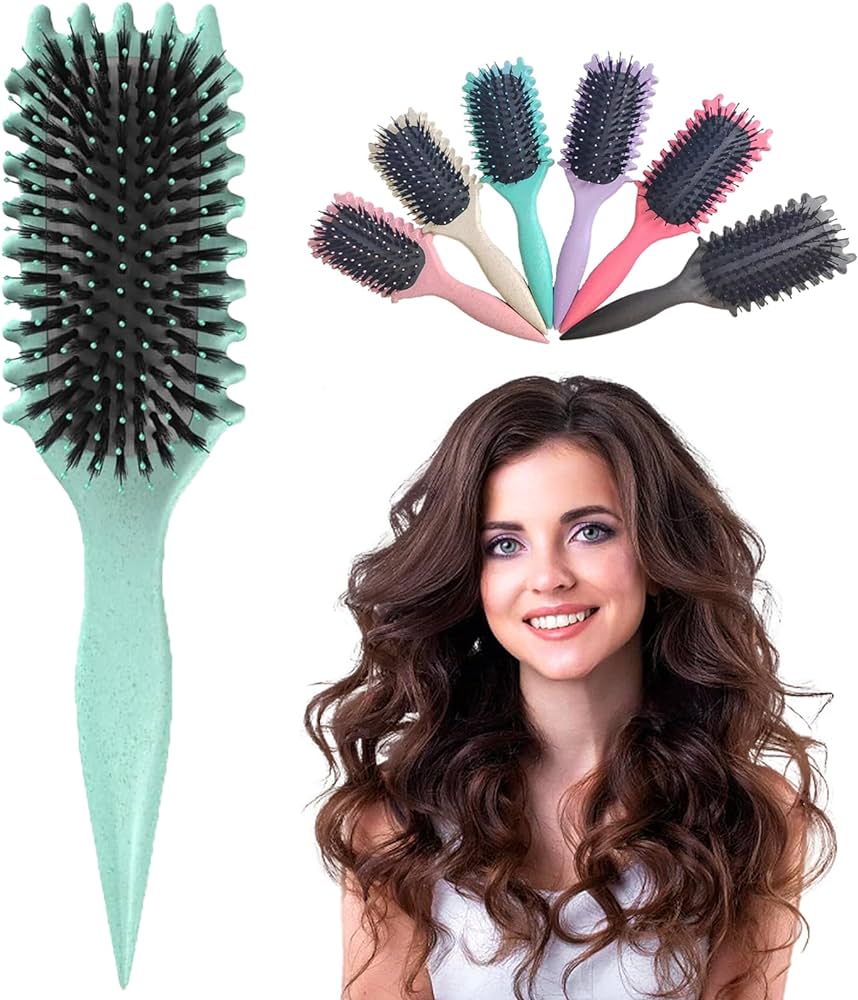
How to Brush Curly Hair: A Step-by-Step Guide
-
Preparing curly hair for brushing
a. Begin with damp hair: Before brushing, dampen your hair with water or use a leave-in conditioner to add moisture. This helps to soften and detangle the curls, making them easier to manage.
b. Apply a detangling product: Use a lightweight detangling product or a natural oil to further facilitate the detangling process. Apply a small amount starting from the ends and working your way up.
c. Divide your hair into sections: Separate your hair into manageable sections using hair clips or hair ties. This makes the brushing process more organized and prevents hair from getting tangled or pulled.
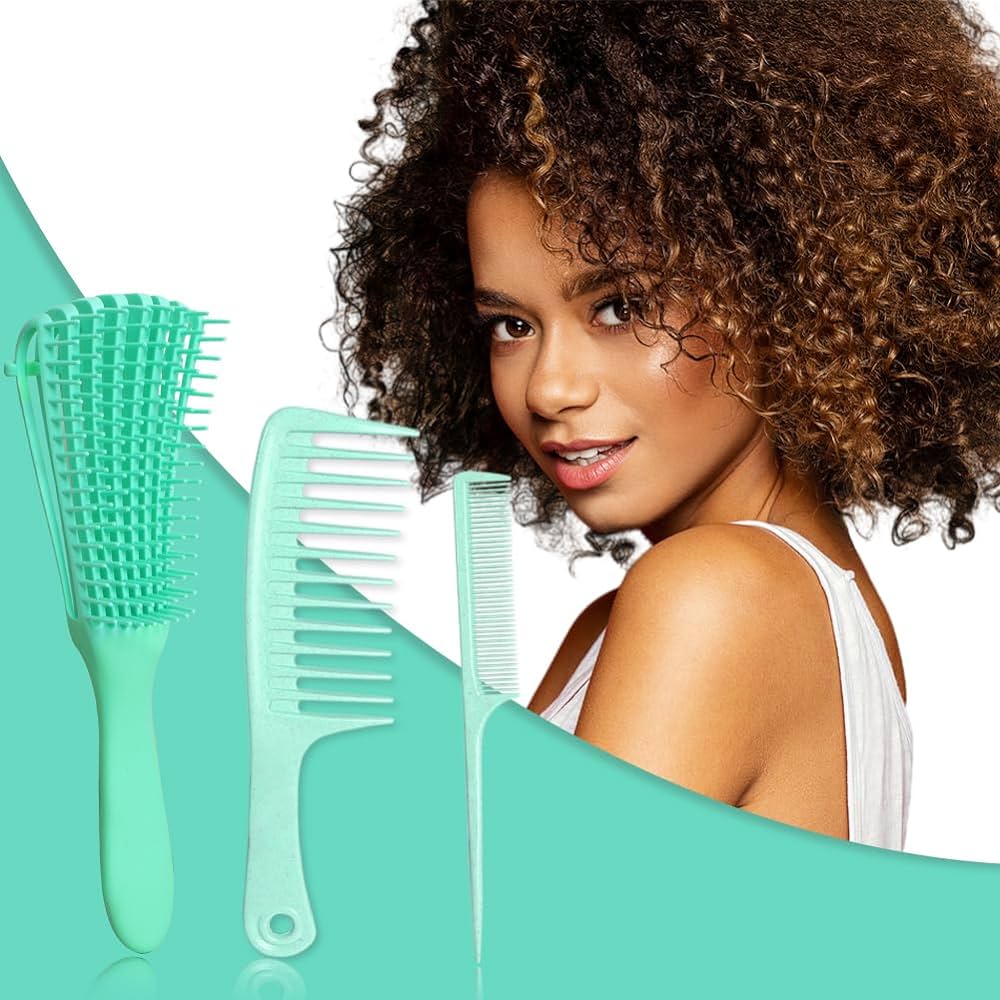
-
Choosing the right brush for curly hair
a. Wide-toothed comb: Opt for a wide-toothed comb made of smooth, seamless material. This type of comb helps to distribute natural oils and detangle without snagging or causing damage to the curls.
b. Denman brush: Consider using a Denman brush with wide-spaced bristles. This type of brush is designed specifically for detangling and defining curls.
c. Tangle teaser brush: A tangle teaser brush can also be effective for brushing curly hair. It has flexible bristles that gently glide through the hair, reducing breakage and frizz.
-
The brushing technique for curly hair
a. Start at the ends: Begin by brushing the ends of your hair with a wide-toothed comb or brush. This helps to remove tangles and knots while minimizing breakage.
b. Work your way up: Slowly work your way up from the ends to the roots, gently detangling each section. Use short, upward strokes rather than long, downward strokes to avoid disrupting the curl pattern.
c. Use fingers to detangle: In areas where tangles are more stubborn, use your fingers to gently separate and detangle the curls. This allows for more control and reduces the risk of pulling or causing breakage.
d. Avoid brushing from the roots: Refrain from brushing directly from the roots, as this may disrupt the natural volume and texture of your curls. Focus on detangling the ends and mid-lengths first, and then gradually move upward.
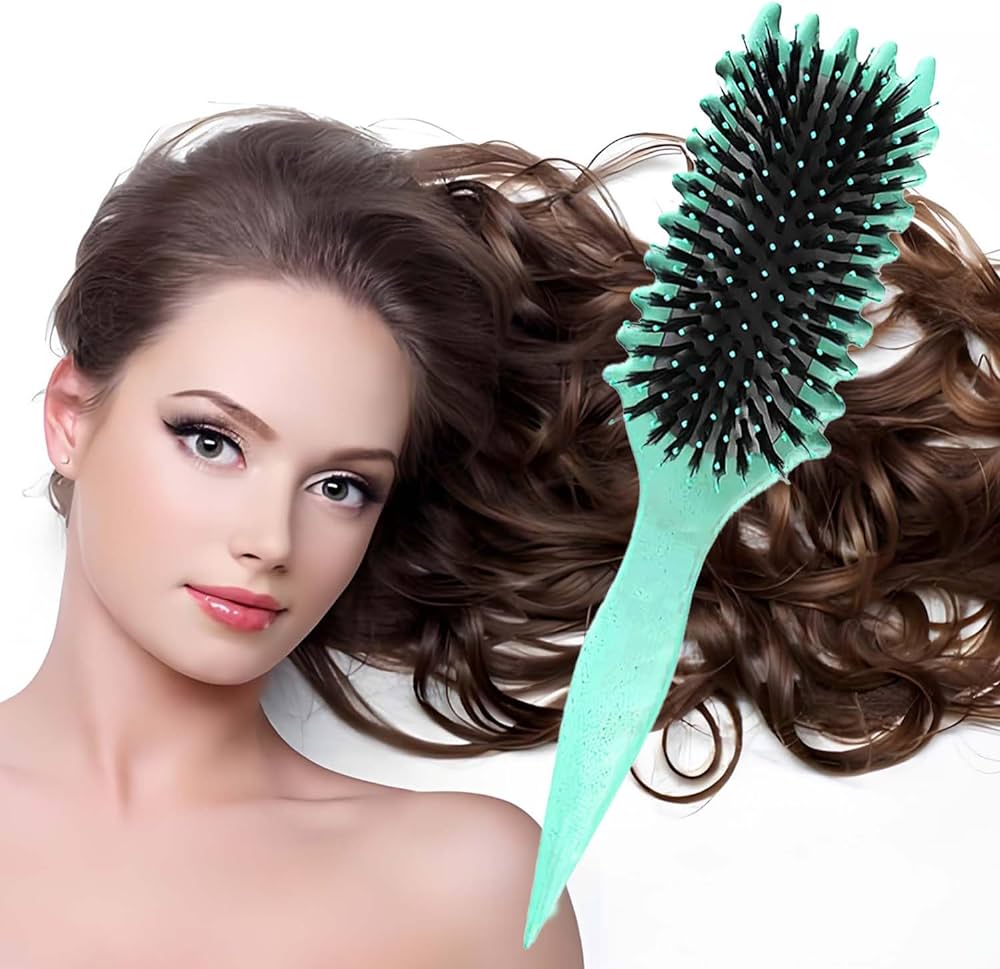
-
Post-brushing care for curly hair
a. Apply a curl-enhancing product: After brushing your hair, apply a styling product specifically designed for curly hair to enhance and define the curls. This can be a leave-in conditioner, curl cream, or gel. Apply the product evenly throughout your hair, scrunching it gently to encourage curl formation.
b. Dry your hair gently: Allow your hair to air dry or use a diffuser attachment on your hairdryer. Avoid using a rough towel to dry your hair, as this can cause frizz. Instead, use a soft microfiber towel or an old T-shirt to gently squeeze out excess moisture.
c. Avoid over-brushing: Once your hair is dry, avoid excessive brushing or touching, as this can lead to frizz and disrupt the curl pattern. Embrace and enjoy the natural movement and texture of your curls.
-
Additional tips for maintaining healthy curls
a. Limit brushing frequency: Curly hair is more prone to damage, so avoid excessive brushing. Limit brushing to when necessary for detangling, such as before washing or restyling.
b. Sleep on a silk pillowcase or with a silk scarf: Sleeping on a silk pillowcase or wrapping your hair with a silk scarf helps reduce friction and prevents your curls from tangling and frizzing overnight.
c. Trim regularly: Regular trims every 8-12 weeks help to remove any split ends or damaged hair, promoting healthy hair growth and maintaining the curl pattern.
d. Deep condition regularly: Curly hair tends to be dry, so incorporating deep conditioning treatments into your hair care routine can help nourish and hydrate your curls, enhancing their overall appearance and manageability.
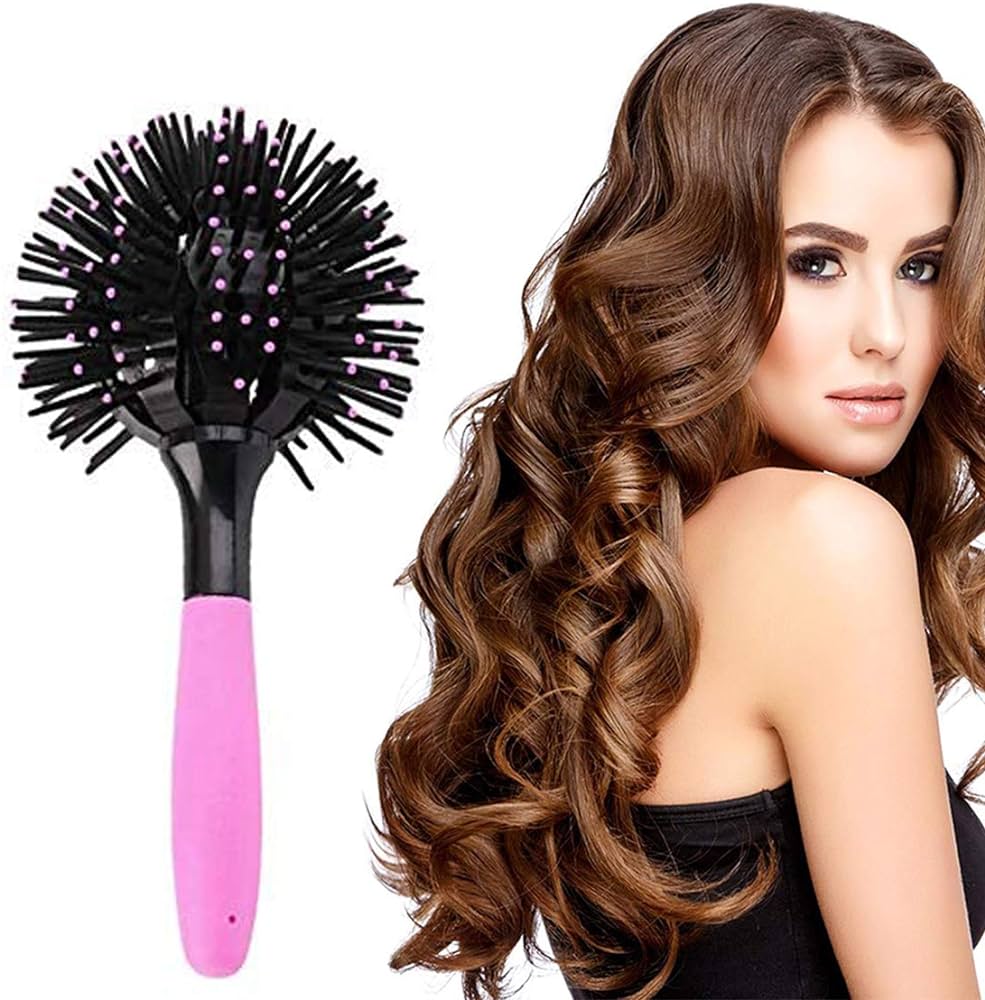
-
Refreshing and restyling curly hair
a. Use a water spray bottle: Throughout the day or in between washes, use a water spray bottle to lightly mist your hair, refreshing and reviving your curls. This helps to reactivate the styling product and redefine the shape of your curls.
b. Apply a leave-in conditioner: If your curls appear dry or frizzy, apply a small amount of leave-in conditioner to your palms and scrunch it into your hair. This helps to moisturize and soften the curls, reducing frizz and adding shine.
c. Finger coil individual curls: For defined curls, take small sections of hair and twist them around your fingers, shaping them into coils. This technique helps to enhance the curl pattern and create more defined curls.
d. Embrace protective hairstyles: Consider wearing protective hairstyles, such as braids or updos, to minimize the need for frequent brushing and manipulation. These styles can help protect your curls from damage and reduce frizz.
-
Dealing with tangles or knots
a. Use a detangling spray: If you encounter stubborn tangles or knots, apply a detangling spray to the specific area and gently work through the tangles with your fingers or a wide-toothed comb. This helps to loosen the knots without causing breakage.
b. Start at the ends: Begin detangling at the ends of your hair and gradually work your way up to avoid causing more tangles. Take your time and handle the tangles with care to minimize damage and breakage.
c. Apply a leave-in conditioner or oil: Before attempting to detangle, apply a leave-in conditioner or oil to provide slip and make the detangling process easier. This helps to add moisture and lubrication, reducing friction and breakage.
d. Opt for dry detangling: If your hair is prone to breakage when wet, consider detangling it when it’s dry. Apply a small amount of oil or detangling spray to the tangles, then gently work through them with your fingers or a wide-toothed comb.
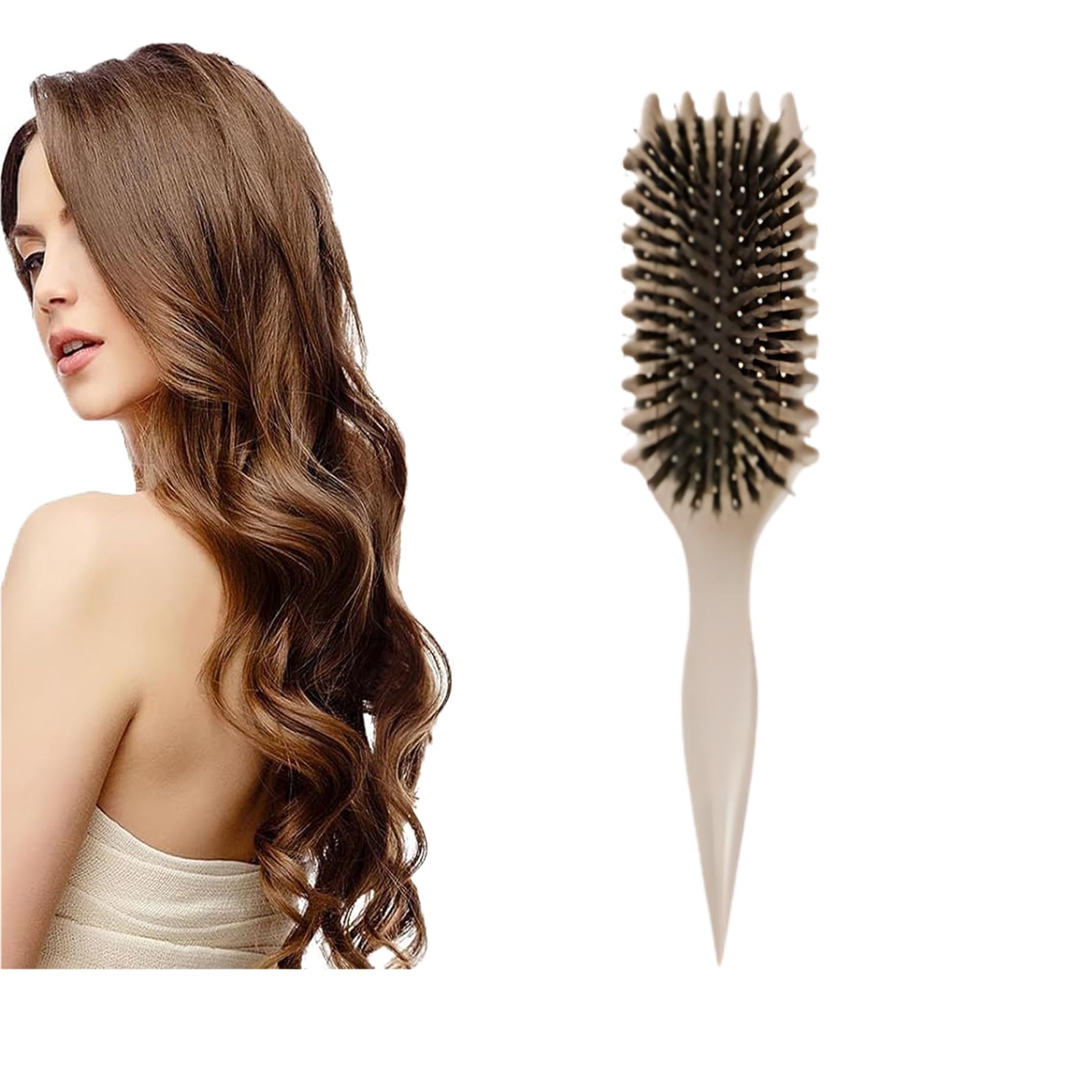
Conclusion: Embracing and caring for your curly hair
Brushing curly hair requires a gentle approach and specific techniques to maintain the integrity of the natural curl pattern. By following the step-by-step guide provided, you can effectively brush your curly hair without causing damage or frizz. Remember to prepare your hair, choose the right brush, and use proper brushing techniques. After brushing, apply suitable products and handle your curls with care. Embrace the unique beauty of your curls and prioritize the health and vitality of your curly hair. With consistent care and attention, you can maintain defined, beautiful curls that make you feel confident and proud.
